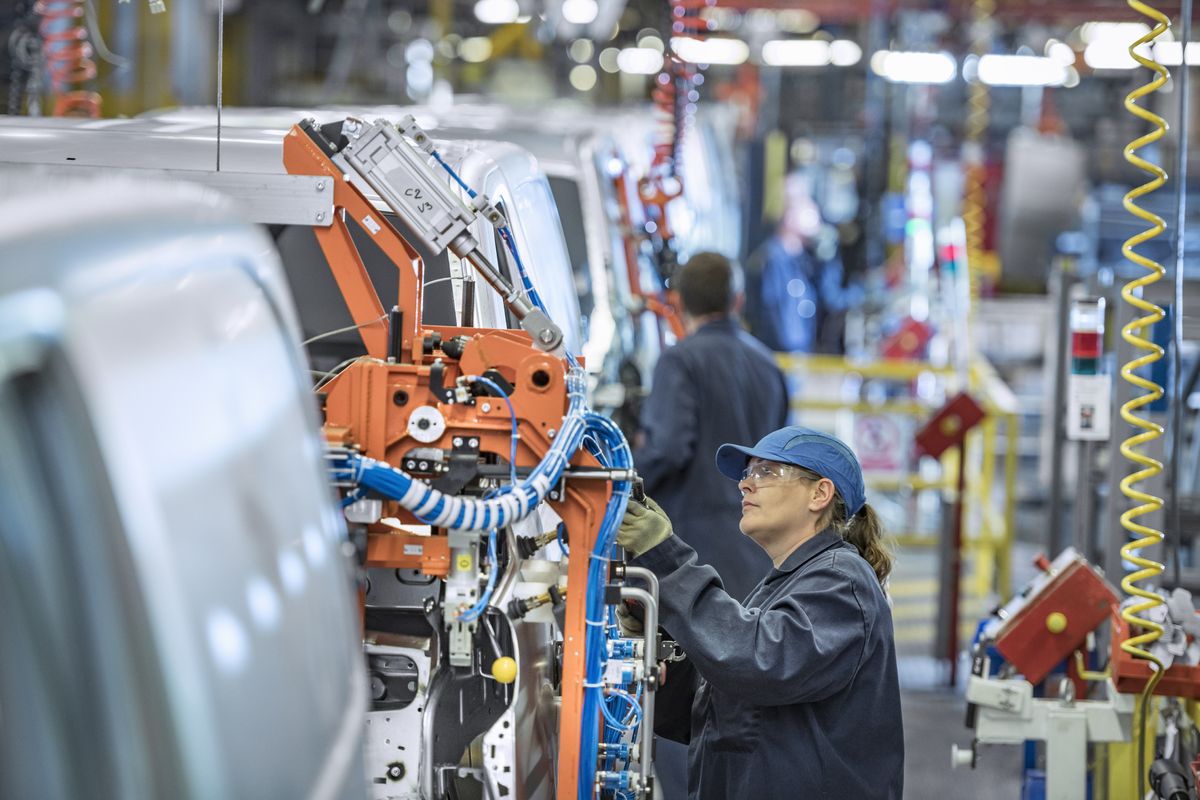It’s no secret that manufacturers across the nation are struggling to fill open positions. With workforce shortages slowing production capacity, will manufacturers be willing to reconsider talent pools they have disregarded in the past? Government and education have responded to manufacturing’s request for more workers by allocating millions of dollars to training programs targeting underemployed populations.
Now, the question remains: Will manufacturing continue to ignore these underemployed talent pools?
There are several that, for one reason or another, many manufacturers seem to overlook. One of the largest and least engaged pools of talent are the formerly incarcerated. Although roughly 70 million Americans have some sort of criminal record, manufacturing has been slow to embrace the opportunity of giving ex-offenders a second chance. However, when it comes to meeting workforce demands, with a projection of 2.4 million manufacturing jobs going unfilled, it might be time to ask if you are truly unable, or just unwilling, to hire enough workers.
According to Inc., more than 10 million adults with criminal records return to their communities from incarceration annually. Most are looking for a fresh start and, for many of them, that fresh start began by engaging in skills training while serving their sentence. Between 2018 and 2020 alone, the U.S. Department of Labor awarded over $260.3 million dollars in grants to support workforce reentry programs. States often provide training programs in the prison facilities that teach skilled trades such as welding, hydraulics, pneumatics, and electrical systems, along with life skills. In addition, there are thousands of support organizations that will work with ex-offenders to ensure they have the transportation, housing, and clothing they need to work. Best of all, the investment is paying off, as study after study shows that connecting ex-offenders with meaningful, good-paying jobs is one of the greatest preventers of recidivism.
Aside from the social good and taxpayer savings that takes place by offering someone a second chance through meaningful employment, what do the employers get out of it? Government tax incentives and federal bonding are in place to encourage employers to give ex-offenders the opportunity to re-enter society and contribute. Support agencies working alongside the criminal justice system are available to pre-screen resumes and help employers fill out necessary paperwork. More importantly, if you ask employers who are currently opening their doors to this opportunity, they will say the reward is, often, good workers with a lot of loyalty.
So why don’t more manufacturers who claim to be desperate for workers consider this talent pool? Perhaps it’s as simple as habits, misperceptions, a bit of red tape, and some confusion on how to go about it. It’s amazing the power that habits have on hiring. Companies are busy meeting today’s demands. Their plate is full, and their capacity is stretched. Adding an additional hiring strategy, especially one that might feel uncomfortable to begin with, just might not seem worth the effort. It’s important to recognize that any new workforce effort will require prioritizing and evaluating existing strategies, perhaps delegating some strategies elsewhere, or deciding which old strategies to discard in favor of something new. When it comes to filling open positions, if you aren’t willing to try new strategies and overcome existing habits, don’t expect to see a change in your placements.
Making the decision to include ex-offenders in a workforce development strategy shouldn’t happen overnight, in a silo, or in silence. Certainly, it’s fair to recognize and address the truths and misperceptions around bringing an ex-offender into your employment. This strategy needs to be endorsed by top leadership, or it’s likely to fail before it’s even begun. Open conversation about concerns, real or imagined, need to take place prior to this strategy being implemented. Before such a conversation takes place, a representative of the company could consider meeting with regional representative from the Department of Rehabilitation and Corrections. Understanding that placement programs have inherent boundaries built into their systems that screen out violent offenders, and learning about the process and expectations in place, will help minimize and clarify misconceptions.
In addition to connecting with the Department of Rehabilitation and Corrections, companies will benefit from reaching out to programs that support ex-offender reentry, and by understanding any additional social services supports that would contribute to reducing barriers to success. Opening communications with these agencies will foster progress, reduce misperceptions, and empower problem solving, thereby increasing the likelihood that the time and effort you spend will yield positive results. Lastly, companies who are open to connecting with the ex-offender talent pool should seek out other employers who have successfully hired. Understanding how other organizations developed internal strategies to support success can give ideas on how to approach coaching conversations, scheduling, or other issues.
When it comes to filling open positions, it’s critical for manufacturers to “leave no stone unturned.” For many, that means targeting talent pools they’ve overlooked in the past, starting with the 70 million Americans who have been formerly incarcerated.
After all, the skills gap today is just a taste of the skills gap projected in the years to come. With a growing number of workers nearing retirement, manufacturing will need to embrace change—both on the production floor and in the human resources office—to meet current production goals, execute further growth strategies and, most importantly, ensure a bright future for the industry.
Julie Davis is the director of workforce development at the Association of Equipment Manufacturers (AEM).




